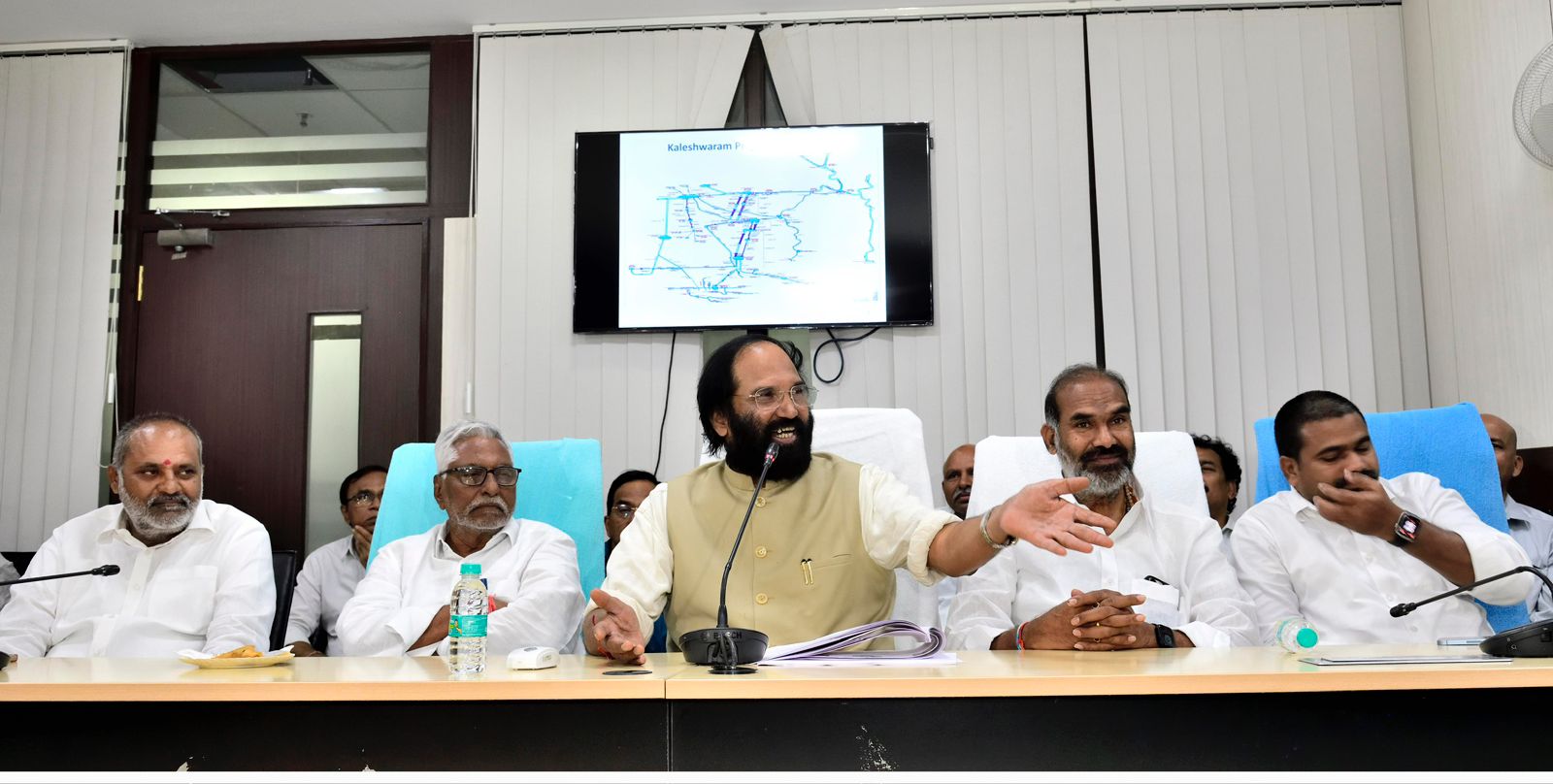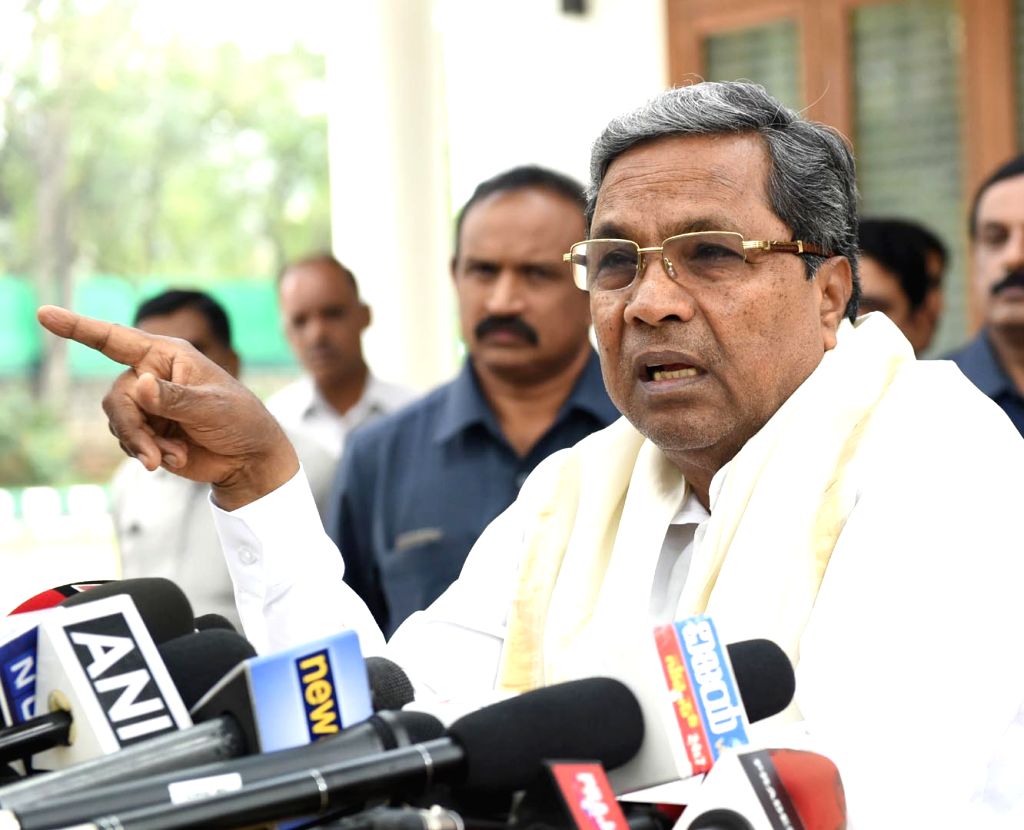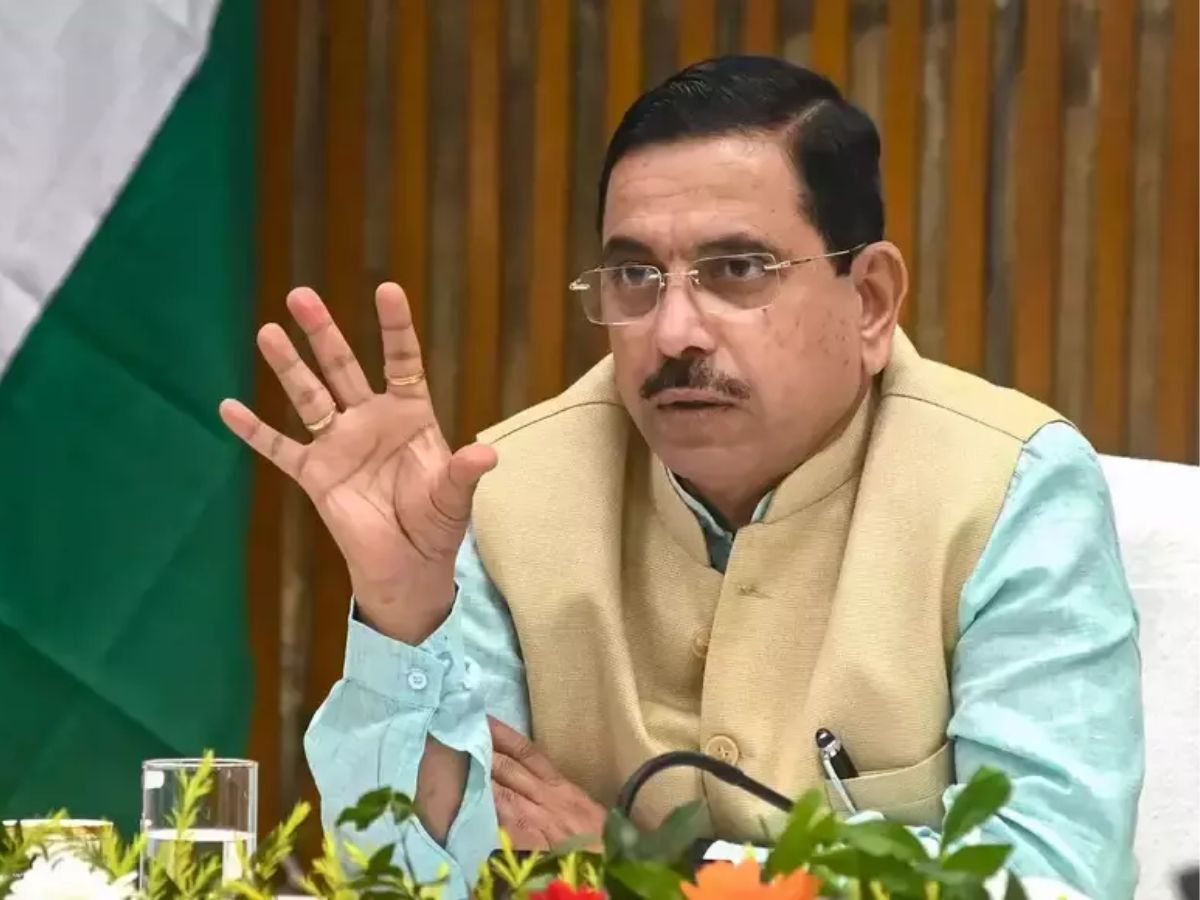Conflicts in last few decades established pre-eminence of aerospace power: IAF chief

New Delhi: India has the capability and the will to respond to any security challenges at a level that it deems appropriate, Air Chief Marshal V R Chaudhari said on Tuesday, in comments that came amid a lingering border row in eastern Ladakh and Pakistan’s cross-border terrorism.
The Chief of Air Staff also said conflicts in the last few decades have clearly established the pre-eminence of aerospace power as the “instrument of choice” for almost all operational contingencies.
In an address at an event organised by the Republic TV, Air Chief Marshal Chaudhari said the Indian Air Force (IAF) has laid out a roadmap to add new capabilities and harness modern technology to bolster its overall combat capabilities.
“India has the capability and more importantly, the will, to respond at a level that we deem appropriate and to impose our own escalation matrix,” he said.
“We, the men and women in uniform, are the cutting edge of that response. Therefore, it is imperative that we keep that edge as sharp and lethal as possible,” he added.
Air Chief Marshal Chaudhari said the IAF has the unique capability of undertaking “independent strategic operations” as well as operations coordinated with other services and arms of the national security apparatus.
“We understand the imperative nature of joint planning and execution in future wars and are keen on integrating the efforts of the three services,” he added.
The IAF chief said his force has recently updated and revised its operational doctrine to keep it relevant for the next decade.
“The next step would be to use our doctrines and well-trained manpower to evolve employment philosophies and concepts of operations. This would require joint planning and joint execution of plans,” he said.
Air Chief Marshal Chaudhari noted that “conflicts in the last few decades have clearly established without a doubt the pre-eminence of aerospace power as the instrument of choice for almost all operational contingencies”.
He said the tactical advantage that high ground offers is a must-achieve criteria even today.
“In this aspect, aerospace power provides that high ground and the ability to bypass fielded forces to hit targets in great depths with speed and precision,” he said.
At the same time, Air Chief Marshal Chaudhari asserted that no single service can win wars on its own and this holds good even for the future.
His comments came amid a growing perception that the IAF has some reservations about the theaterisation programme.
The IAF chief said easy accessibility to high-end technology is also posing new challenges to the conventional forces.
He said the use of drones alongside fighter aircraft in the Azerbaijan-Armenia conflict and the extensive use of armed drones in the ongoing Russia-Ukraine conflict are indicative of the things to come in the future.
“We have also doctrinally included drone usage in our scheme of operations to benefit from some of the exclusive attributes of these platforms,” he said.
“At the same time, we are pursuing unmanned combat systems and their integration with manned fighter platforms in what is known as manned-unmanned teaming,” he observed.
The Air Chief Marshal said “glimpses of things on the anvil can be seen in the ongoing Russia-Ukraine conflict”.
“We need to accept the fact that tomorrow’s wars cannot be fought with yesterday’s mindset,” he said.
“What we need to understand is that airpower has the capability to deter, defend and, if required, punish the adversary in a conflict,” he added.
Air Chief Marshal Chaudhari said the IAF is actively pursuing the development of niche technologies in the field of space-based capabilities, data linking and artificial intelligence-based decision support systems.
“In the fog of war, there is a need to get as clear a picture as possible of the battlespace and intentions of the adversary. This would give a high degree of flexibility to the commander at the operational level to make dynamic changes and shape the battlespace,” the IAF chief said.
“This ability will rely on highly secure and efficient networks that integrate sensors, decision makers and the shooters. Our network-centric capability seamlessly fuses all elements of war-fighting to create a very high level of shared battlespace awareness,” he said.




